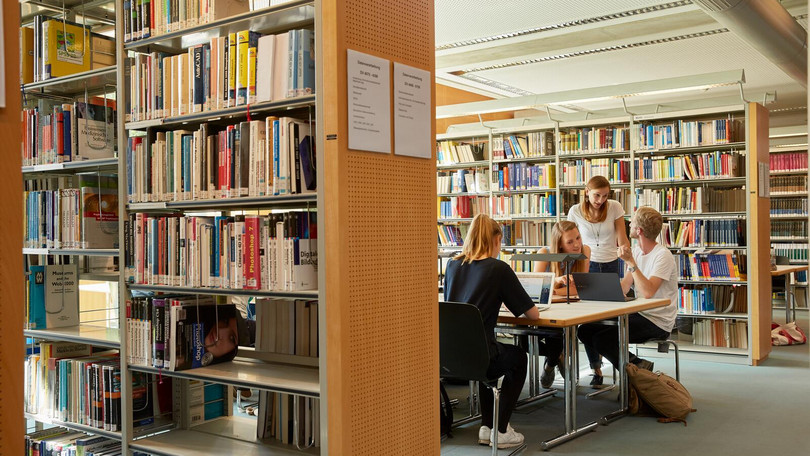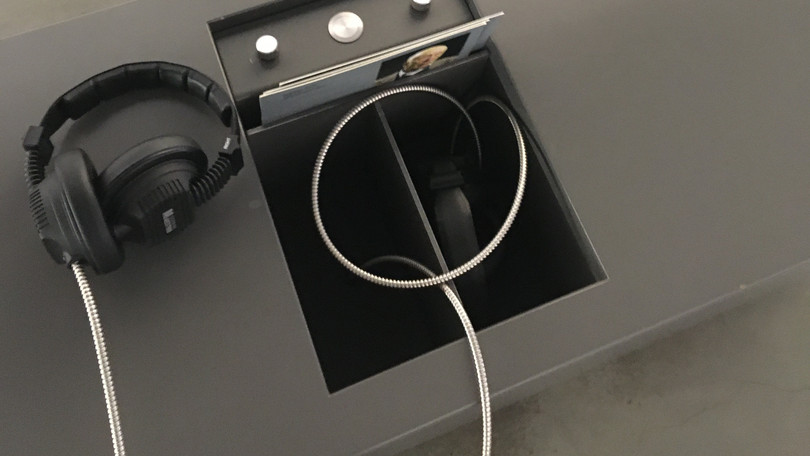MUSICAL AND AUDITIVE MEMORY SPACES: REMEMBERING THE TIME OF NATIONAL SOCIALISM IN LOWER SAXONY
What does remembering the time of National Socialism sound like today? What sounds and noises can be found when visiting a memorial site, a commemorative event, or in digital media? What role does music play in memory culture? And how can music and sounds be used in the future for remembering when there are no longer any primary witnesses who can report on World War II and the Holocaust?
This research project examines auditory memory culture by combining the disciplines of musicology, sound studies, and cultural memory studies. This synthesis forms the basis for the data collection of the project and the practical application of musicological research for current memory work.
In cooperation with key actors in memory culture at the local, national, and international levels, the project creates opportunities for networking and dialogue between research and practice.
The following sections provide detailed information on the background of the project, the working method, as well as project objectives.
Whether we encounter the voices of eyewitnesses in an exhibition, listen to music at a memorial event, or imagine sounds while looking at a historical photo, the auditory aspect of memory culture is diverse. It's important to have a theoretical foundation to explore this diversity.
For us, the concept of the "memory space" is central. It can be a place of remembrance, like a monument or memorial site. It can also be an event, such as a concert, an urban area, or a digital space. We draw inspiration from the concept of the "social space" by sociologist Martina Löw. According to her, spaces emerge when things - or in her words, "social goods" - are connected by people. Understanding spaces in this way means they are actively constructed and are therefore inherently political and historical. Along with examining the sounds in these spaces, power discourses are an important aspect of our analyses.
In this research project, we focus on spaces connected to memories of the Nazi era. Memories are a broad term that can have various meanings: they can be individual or collective, and they can change over time and across generations. For example, a city center can become a memory space through a monument, a stumbling stone, or a commemorative event. The intertwining of social goods creates a complex spatial structure with different levels of meaning.
With the concept of the "musical and auditory memory space," we specifically study the social goods that are auditory in nature. We explore how sounds, noises, and music contribute to constituting different types of memory spaces.
To explore the auditory dimension of memory culture, we combine methods from Sound Studies, Musicology, and Ethnology / Ethnomusicology.
First, we investigate what can be heard in different memory spaces. Sounds are documented, categorized, and analyzed. However, language and images can also be part of auditory memory culture. For example, witness testimonies and diary entries discuss the sounds of concentration camps and their surroundings. Exhibited photos and press reviews report on cultural events before and shortly after World War II. This includes concerts and theater performances in Bergen-Belsen during the time of the Displaced Persons Camp, or classroom situations in the Jewish horticultural school Hannover Ahlem before the Second World War. Through discourse analysis, soundscapes and scenarios can be (re)constructed.
Auditory memory spaces are actively constructed by various actors. Visitors connect different elements of the spaces in different ways and relate them to their own experiences, associations, and memories. Management personnel create concepts for exhibitions involving sound. Technicians install headphones, speakers, and partitions. Sound designers and artists produce sounds and music for various memory spaces. To explore these different perspectives on space construction, we use ethnographic methods, ranging from interviews to self-documented and recorded soundwalks.
Many memories in the context of the Nazi era are difficult or even impossible to verbalize. To focus on the unspeakable, we employ methods of Artistic Research. The aim is to translate memories not primarily into language but to express them through various art forms. Thus, we explore what artistic practice can reveal in the study of memory culture.
In addition to researching auditory memory culture, the project aims to connect science and memorial work. It achieves this through two perspectives:
First, the project establishes a network among various actors in memory culture, including institutions such as the Bergen-Belsen Memorial, the Moringen Memorial, Hannover Ahlem, and the Wolfenbüttel Prison Memorial. This network facilitates the exchange of experiences, perspectives, and possibilities for using auditory elements in different contexts of remembrance. Currently, we are actively building further collaborations with memorials, artists, and other actors in memory culture in Lower Saxony, Germany, and internationally.
Second, in close collaboration with project partners, we produce auditory media that will be integrated into various memory spaces. This includes creating productions for audio and multimedia guides, as well as podcasts. The research findings serve as the foundation for these artistic and practical implementations. The produced creations then become part of the auditory social goods in memory spaces. Since these social goods actively shape the spaces, we critically involved and reflected upon them in subsequent research processes.



